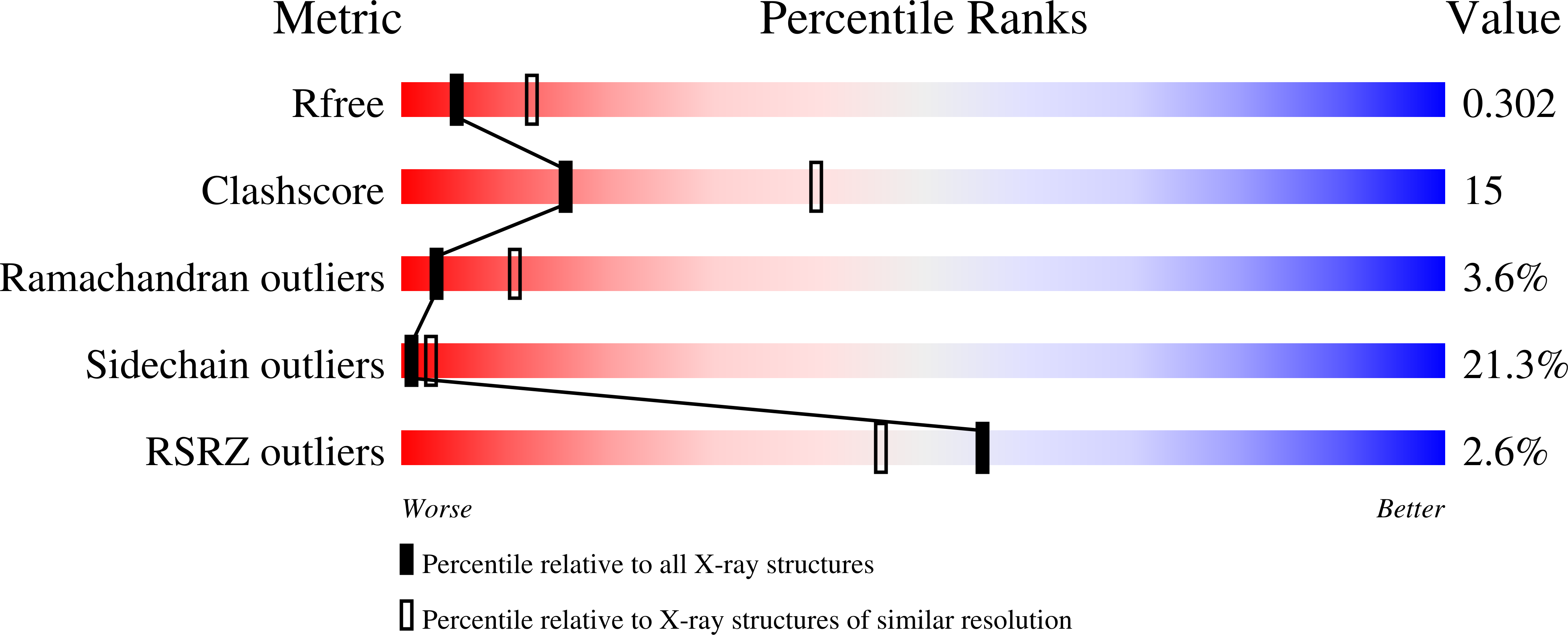
Deposition Date
2006-10-31
Release Date
2007-01-16
Last Version Date
2023-12-27
Method Details:
Experimental Method:
Resolution:
2.82 Å
R-Value Free:
0.31
R-Value Work:
0.24
R-Value Observed:
0.24
Space Group:
P 21 21 21


